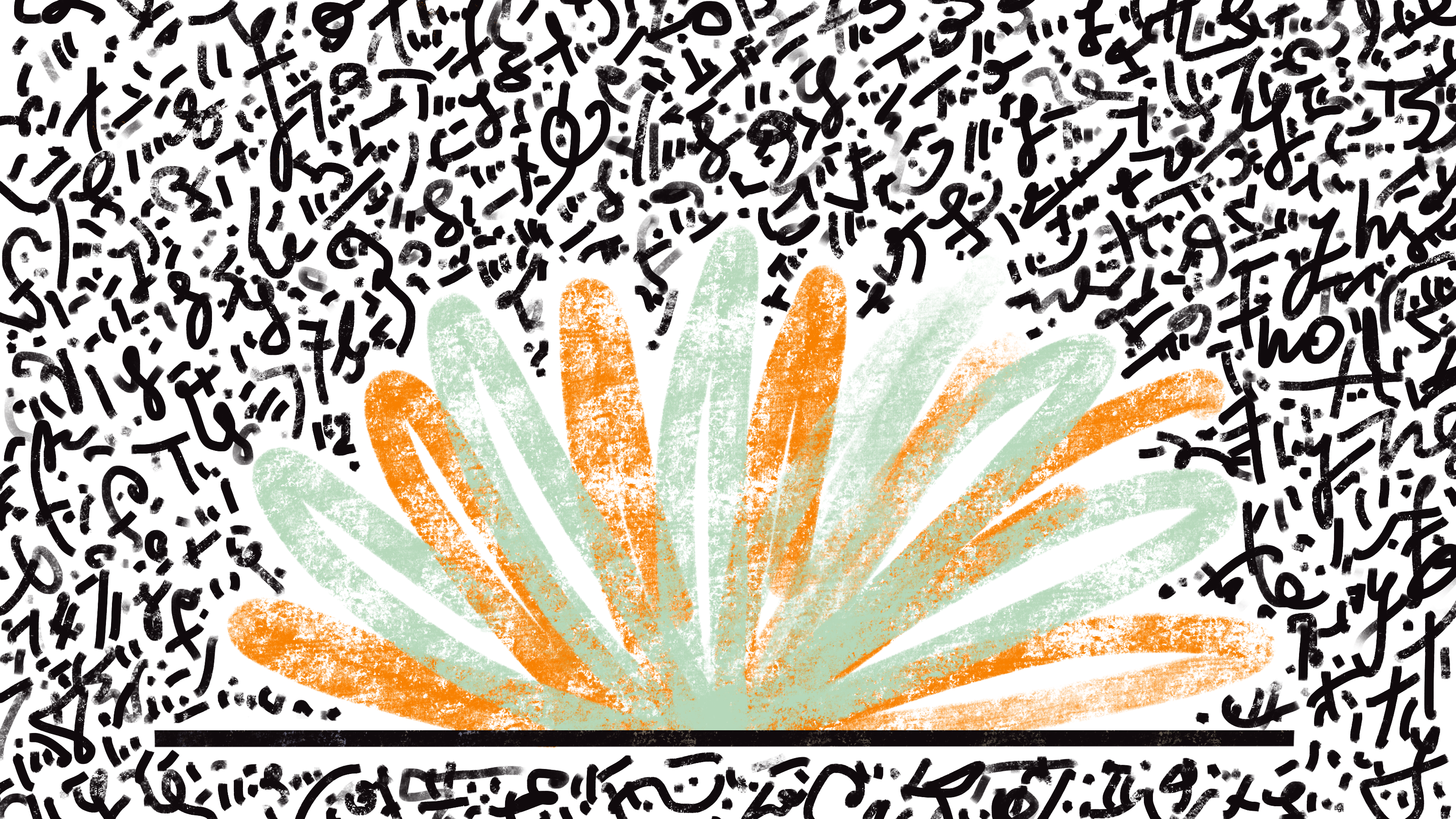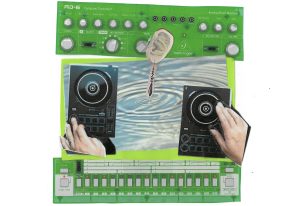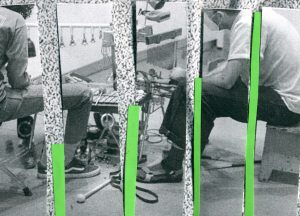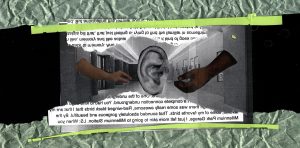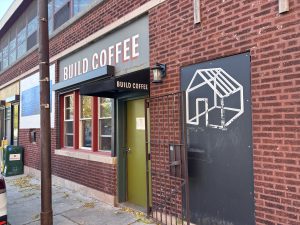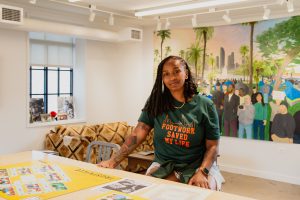If you are a writer conducting research, you’ve most likely run into a major roadblock after graduation – without that university email you no longer have access to any scholarly information or databases. As any researcher without institutional financial support will quickly find, it is difficult to have access to scholarly content. These researchers may not be connected with an institution for a myriad of reasons; they might be a recent graduate from a university, a freelance writer, an artist conducting research for their practice, or they may be working with an institution but it is financially limited. Regardless of the situation, these folks quickly find that the seemingly boundless amounts of information that the internet holds is out of reach. A common problem that researchers encounter are obstacles to access scholarly content, such as being restricted by a database’s paywall or steep book prices. These obstacles demonstrate a crisis in access to knowledge and information that affect researchers on a global scale that Open Access (OA) aims to solve.
WHAT IS OPEN ACCESS (OA)?
Broadly, OA refers to full access to online information without restriction and at no cost to the viewer. Content is “open access” when there are no financial, legal, or technical barriers to accessing it; meaning, that anyone can read, download, copy, distribute, print, and search within the information, or use it in education as long as it is within the fair use legal agreements. The benefits of OA include a wider exposure regardless of geographical location, increased public visibility and citation, and authors retaining copyright. In addition, usage of open access can significantly reduce institutions’ expenses for subscriptions, allowing more funds to be available for research projects.
In regard to museums, OA predominately relates to rights and reproduction of works of art in their collection. By making collections OA through Creative Common’s licensces under “Free Cultural Works,” designated as CC04, artistic works are then capable of going beyond the museum environment. During the pandemic, funders, policy-makers, and research institutions quickly moved to make full and immediate Open Access a reality in their collections and embraced open access policies. In the article “Open Access Initiatives & Its Impact On The Art World,” OA researcher Katherine Winter reported that nearly 1,200 international cultural heritage institutions have published some or all of their collections with Open Access usage in order to maximize the users ability to interact, share, and reuse the images.
Ultimately, OA aims to make content in the form of articles, data, or images a public good and to allow the dissemination of knowledge and ideas to flourish by placing content back in the hands of the users. Below is a list of resources that offer Open Access Cultural Materials.
OA HUMANITIES JOURNAL DIRECTORIES
- Directory of Open Access Journals (DOAJ) https://doaj.org/
- Open Access Publishing in European Networks (OAPEN) https://www.oapen.org/
- Open Access Journals in the Arts and Humanities https://drjodietaylor.com/open-access-arts-and-humanities-journals/
OA HUMANITIES PRESSES
- African Minds – https://www.africanminds.co.za/
- Courtauld Books Online – https://courtauld.ac.uk/research/research-resources/publications/courtauld-books-online/
- Counter Press – https://counterpress.org.uk/
- Dark Matter https://darkmatter-hub.pubpub.org/
- ediciones mimesis https://edicionesmimesis.cl/
- Goldsmiths University Press – https://www.gold.ac.uk/goldsmiths-press/
- Lever Press – https://www.leverpress.org/
- Mayfly books – https://mayflybooks.org/books/
- Minor Compositions – http://www.minorcompositions.info/?page_id=12
- Media Studies Press https://www.mediastudies.press/
- Open Humanities Press – https://openhumanitiespress.org/
- Open Book Publishers – https://www.openbookpublishers.com/
- Punctum books – https://punctumbooks.com/catalogue/v
FURTHER READING ON OA HISTORY AND EXPLANATIONS ON OPEN ACCESS
- Open Access Videos http://legacy.openaccessweek.org/video
- Open Acess Peter Stuber https://mitpress.mit.edu/books/open-access
- Understanding Open Access by Authors Alliance; Lexi Rubow; Rachel Shen; Brianna Schofield https://authorsalliance.org/wp-content/uploads/Documents/Guides/Authors%20Alliance%20-%20Understanding%20Open%20Access.pdf
- Open Access Indicators and Scholarly Communications in Latin America by Juan Pablo Alperin, Dominique Babini, Gustavo Fischman http://biblioteca.clacso.edu.ar/clacso/se/20140917054406/OpenAccess.pdf
- Transforming Scholarly Publishing through Open Access: A Bibliography by Charles W. Bailey, Jr. http://digital-scholarship.org/tsp/transforming.htm
- The Access Principle by John Willinsky https://wiki.lib.sun.ac.za/images/0/03/The-access-principle.pdf
- Radical Open Acess http://radicaloa.disruptivemedia.org.uk/about/
- Open Access Directory Timeline for more details on the history of the open access movement https://dash.harvard.edu/bitstream/handle/1/4724185/suber_timeline.htm
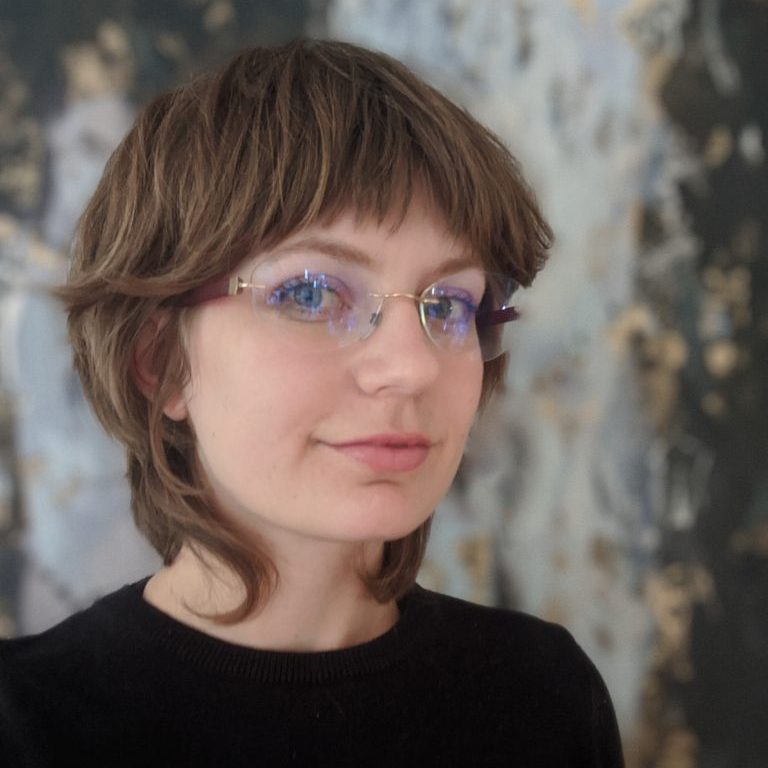
About the Author: Livy Onalee Snyder is based in Chicago. She recently graduated from the University of Chicago with a Masters in Humanities. She has published in Denver Art Review: Inquiry and Analysis (DARIA), made contributions to Supernova Digital Animation Festival and interviewed artists for Black Cube Nomadic Museum. Currently, she holds a position at punctum books and advocates for Open Access. Read Livy’s writing for Sixty here.
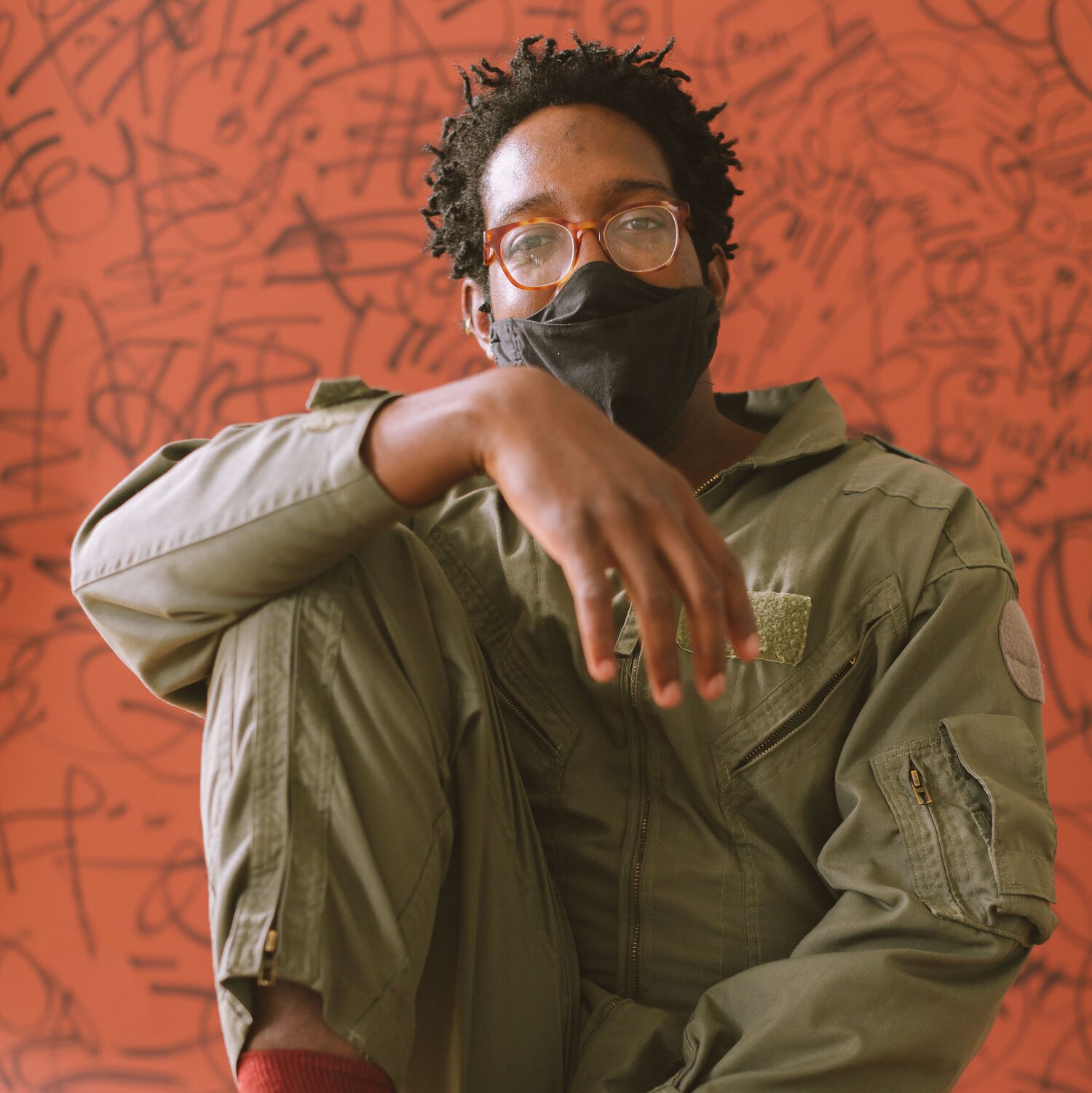
About the Illustrator: Damiane Nickles (he/him) is a painter and illustrator working out of Chicago. He holds a B.F.A. in Illustration from Syracuse University and completed his first solo exhibition in June 2022. When’s he’s not creating artwork he’s diving into spirits as a Brand Manager over at Apologue Liqueurs.
